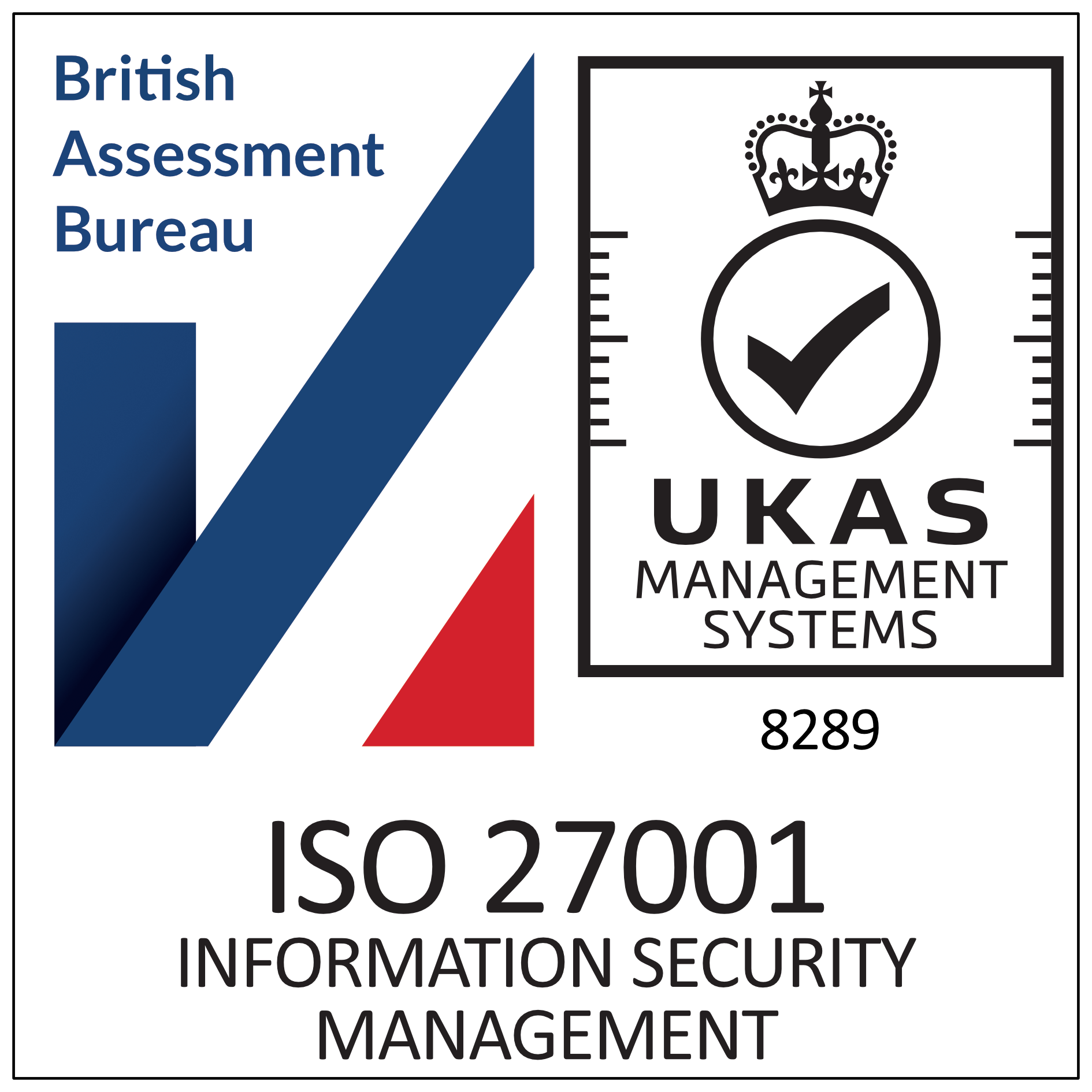What are “wet ink signatures” and “electronic signatures”?
“Wet ink signature”, in relation to entering into a contract, refers to the practise of each party firstly preparing two paper copies of a document each containing all of the terms to be agreed, secondly, signing both copies using “wet ink” hand-written signatures, and, finally, adding the date. The result is two identical originals of a contract. Each party keeps one copy. Sometimes instead, each party signs one original, the other signs the other original, and they date and give their original copy to the other party (“exchange of contracts”). In each case a contract comes into existence at that point.
It is now also common practice for an “electronic signature” to be used in a range of contracts and other transactions, and this trend is likely to continue (as has been the case during the coronavirus (Covid-19) pandemic). For example, it might consist of a party’s name typed into a contract or email containing the contract terms, or a scanned image of a signature in a contract signature block, or a name inserted in a document using a web-based e-signature platform, or use of a tablet to add a name in the contract using a finger or e-pen.
The relevant law recognises that if an electronic signature is intended to render a party bound by the document in question, it has the same legal status as a wet-ink signature.
The Guidance Note: Electronic Signature of Deeds and Contracts expands on what is meant by “electronic signatures” and how they can be used. It also explains what is meant in law by the expressions “signature”, “in writing” and “under hand”.


